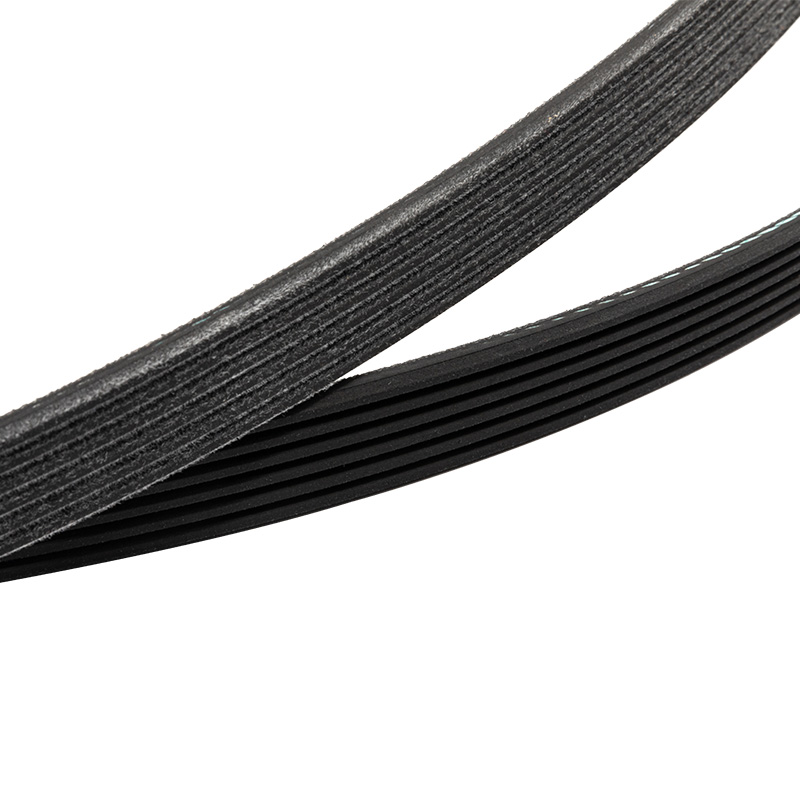Chemical Resistance: EPDM rubber exhibits excellent resistance to a wide range of chemicals, making it a suitable material for automotive raw edge V-belts. It can effectively withstand exposure to substances such as antifreeze, coolants, and various hydraulic fluids commonly used in vehicles. The molecular structure of EPDM rubber provides inherent resistance to mild acids, alkalis, and detergents, ensuring that the belts do not deteriorate when in contact with these chemicals. This resistance is critical in maintaining the integrity and performance of the belts over time, even when exposed to harsh chemical environments.
Oil Resistance: While EPDM rubber is highly resistant to many chemicals, its resistance to oils and hydrocarbons is not as strong as some other rubber materials, such as nitrile (NBR). However, EPDM can still tolerate light to moderate exposure to automotive oils, lubricants, and greases without significant degradation. This makes EPDM raw edge V-belts suitable for use in applications where occasional or incidental contact with oils is expected. For applications with continuous or heavy exposure to oils, alternative materials with higher oil resistance might be recommended.
Oxidation and Ozone Resistance: One of the standout properties of EPDM rubber is its exceptional resistance to oxidation and ozone. These elements are prevalent in automotive environments, particularly under the hood where the belts are exposed to air and various emissions. EPDM’s resistance to these factors helps prevent cracking, hardening, and other forms of degradation that can occur over time. This property ensures the longevity and reliability of the belts, even in outdoor or high-ozone conditions, contributing to reduced maintenance and replacement costs.
Temperature Stability: EPDM rubber maintains its mechanical properties over a broad temperature range, typically from -40°C to 120°C (-40°F to 248°F). This wide temperature stability is essential for automotive applications, where the belts are subject to varying climatic conditions and engine temperatures. EPDM’s ability to retain flexibility and performance in both extreme cold and heat ensures consistent belt operation and longevity, minimizing the risk of failure due to temperature-induced stress.
Durability: The durability of EPDM raw edge V-belts is a critical factor in their performance in automotive applications. The combination of chemical, oil, oxidation, and temperature resistance contributes to the overall durability of the belts. EPDM belts can withstand the demanding conditions of automotive environments, including exposure to dirt, debris, and mechanical stresses, while maintaining their structural integrity. This durability translates to longer service intervals, reduced downtime, and lower total cost of ownership for vehicle operators.
Epdm Rubber Automotive V-Ribbed Belts




 English
English 中文简体
中文简体

 View More >>
View More >> View More >>
View More >> View More >>
View More >> View More >>
View More >> View More >>
View More >> View More >>
View More >> View More >>
View More >> View More >>
View More >> View More >>
View More >> View More >>
View More >> View More >>
View More >> View More >>
View More >>
